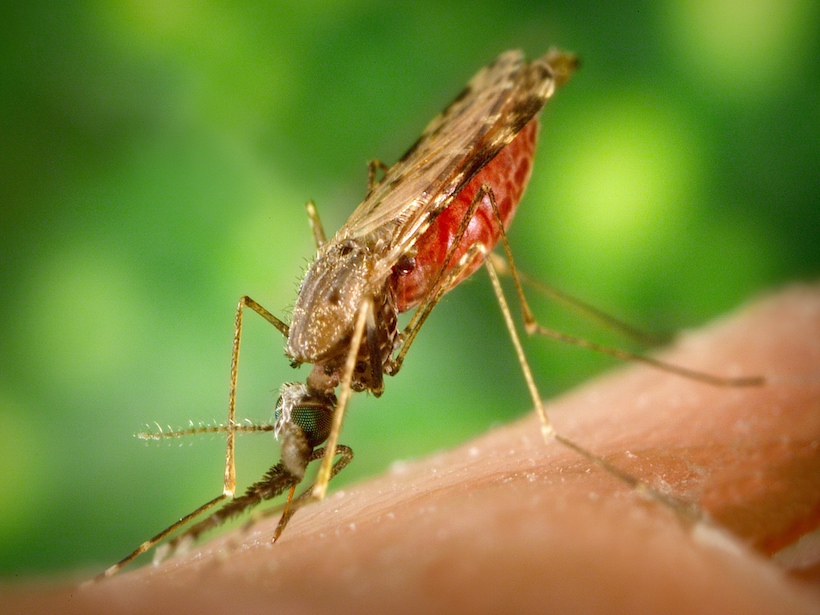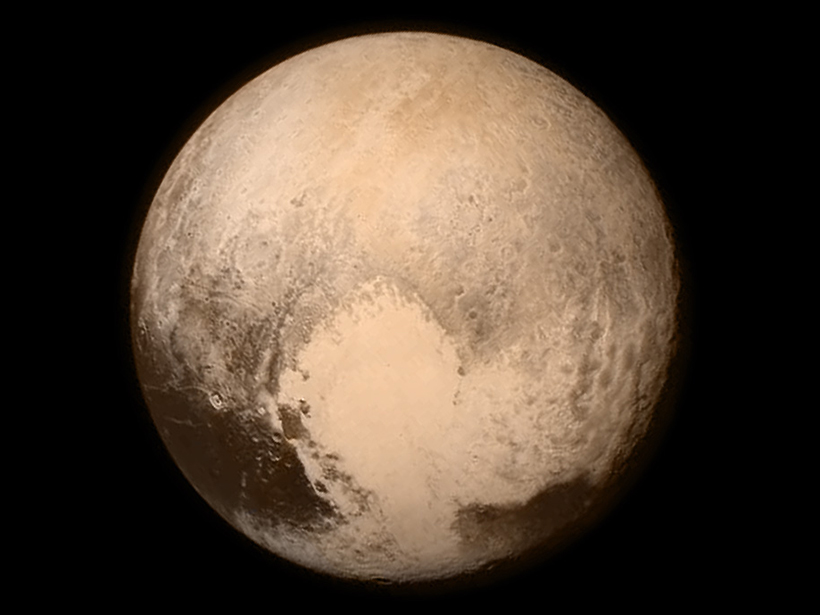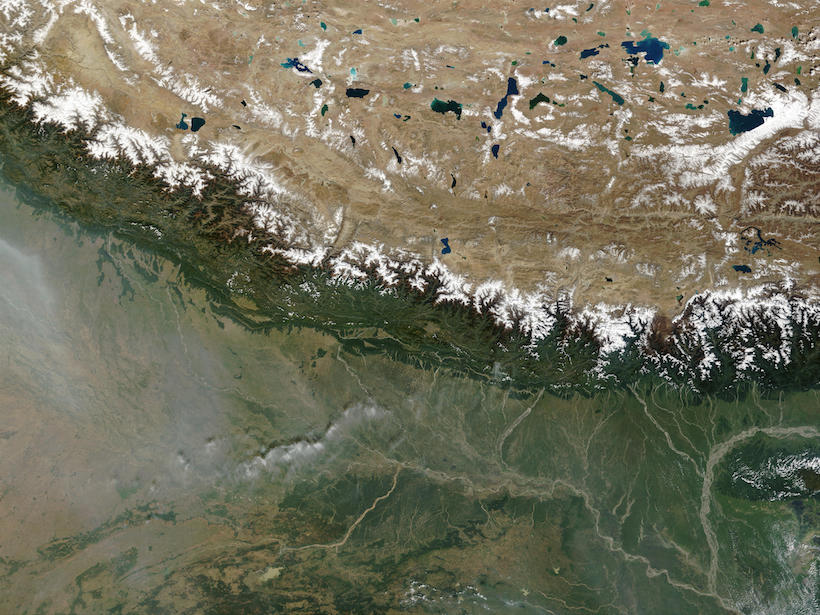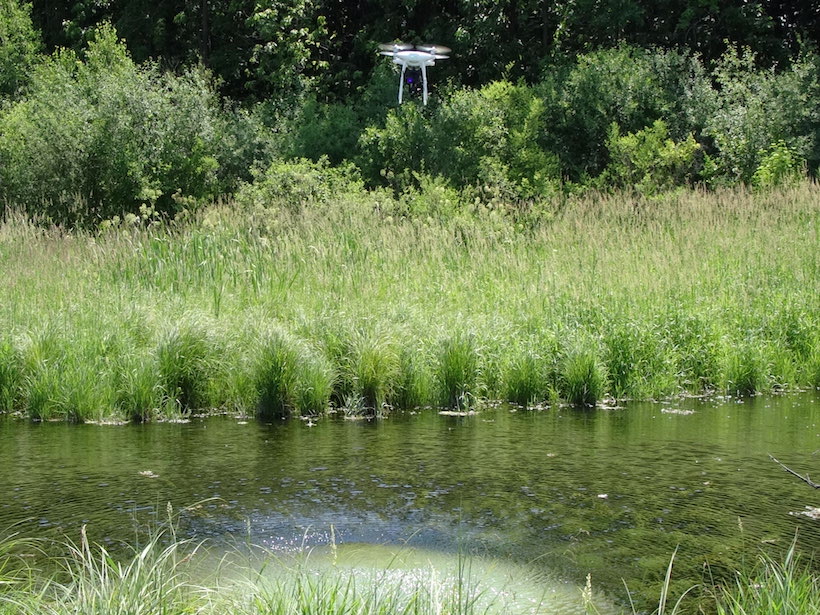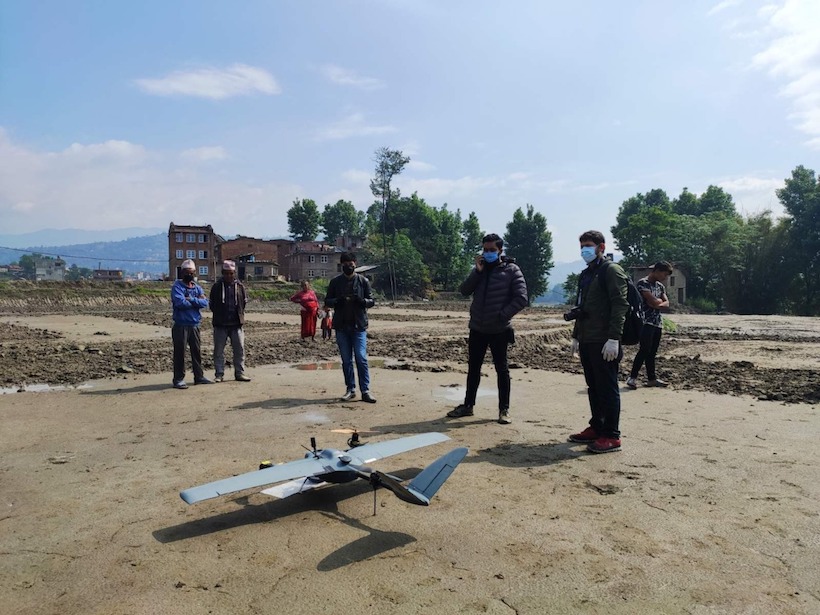Complex hydrological processes—not just the amount of rainfall—help determine where malaria-transmitting mosquitoes can thrive.
News
Final Frontier? The Evolution of Planetary Science Missions
Planetary scientist Fran Bagenal explains how each NASA mission builds on previous discoveries and encourages scientists to take on difficult challenges to learn more about our home in the universe.
Pensando en el Zinc: Mitigando la Exposición al Uranio en la Nación Navajo
En un innovador ensayo clínico se estudia el impacto del zinc en la mitigación de los efectos sobre la salud relacionados con la minería de uranio. Éste se lleva a cabo mediante la “participación bidireccional” entre los Navajos y las comunidades médicas.
Pollution over the Tibetan Plateau Linked to Sea Ice Loss in the Arctic
New research suggests an atmospheric connection between Arctic sea ice melt and anthropogenic aerosol pollution over the Tibetan Plateau.
Taking an Aerial View Underground
Wisconsin geologists are testing using drones equipped with thermal cameras to measure shallow soil depths in areas prone to groundwater contamination.
Scientists Claim a More Accurate Method of Predicting Solar Flares
Supercomputer 3D modeling of magnetic fields could help mitigate damage from geomagnetic storms.
Earthquakes Reveal How Quickly the Ocean Is Warming
By timing sound waves set in motion by earthquakes, scientists have estimated that the Indian Ocean is warming by roughly 0.044 K per decade.
COVID Clears the Skies for Earth-Observing Drones in Nepal
When the pandemic hit Nepal and the country’s main airport drastically cut flights, a group of drone experts, local governments, and scientists saw a once-in-a-lifetime opportunity to gather geodata.
Climate Change May Shift Coral Population Dynamics
New paleoceanographic research indicates that warming waters may contribute to fewer coral reefs but to a flourishing presence of soft-bodied corals.
More Gas Wells Linked to More Symptoms in Pennsylvania Residents
Natural gas production has been booming in southwestern Pennsylvania, but it may also yield multiple health complaints, especially for residents surrounded by oil and gas facilities.

